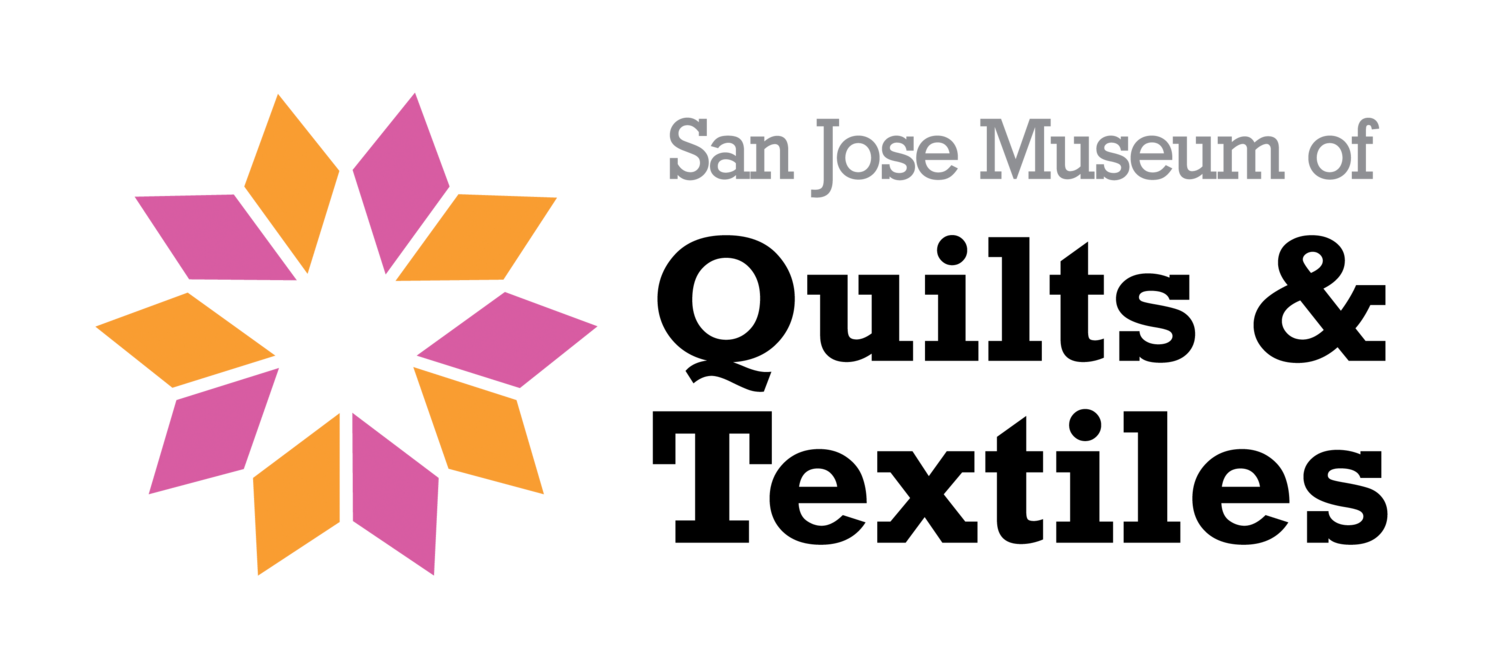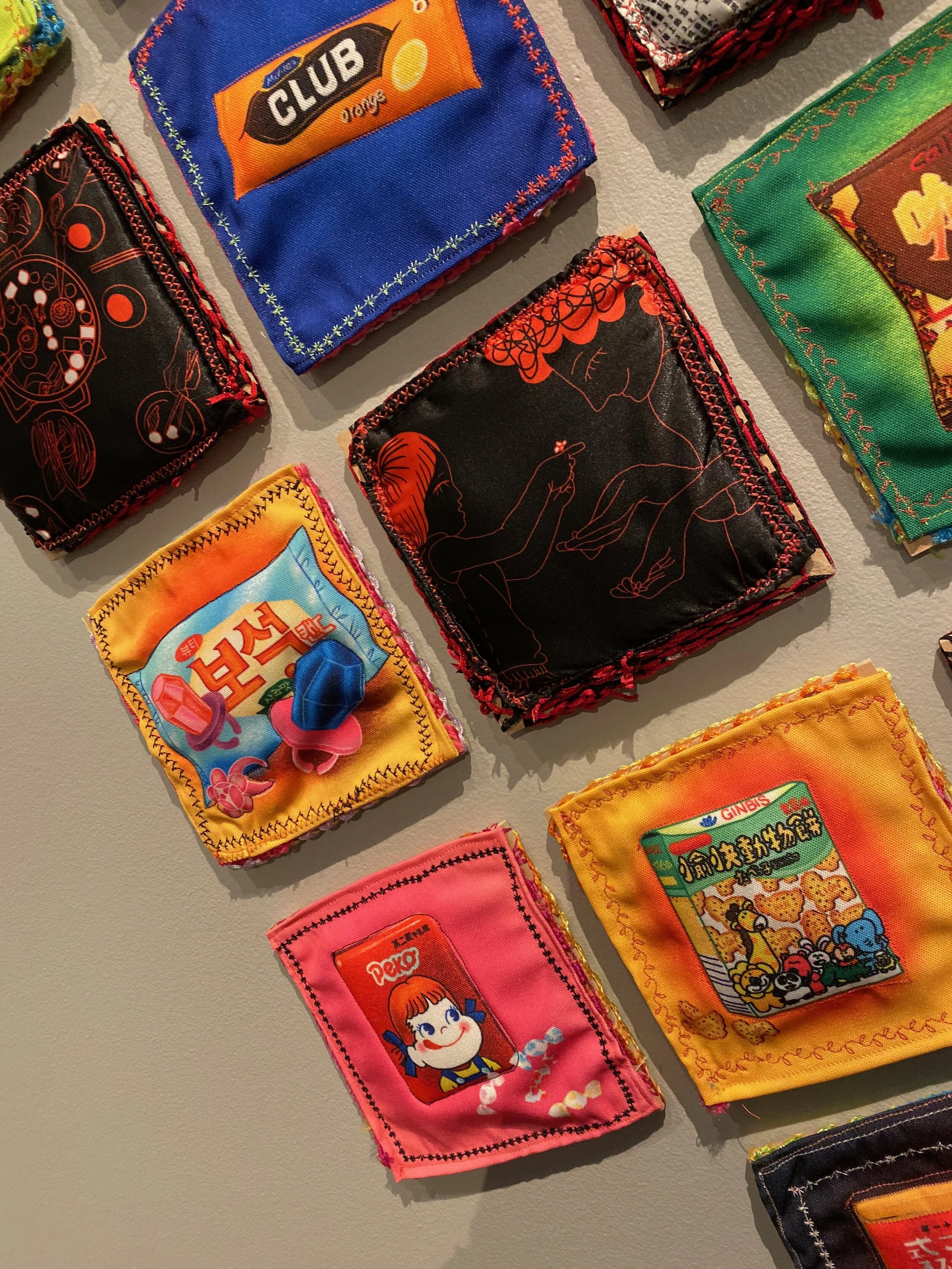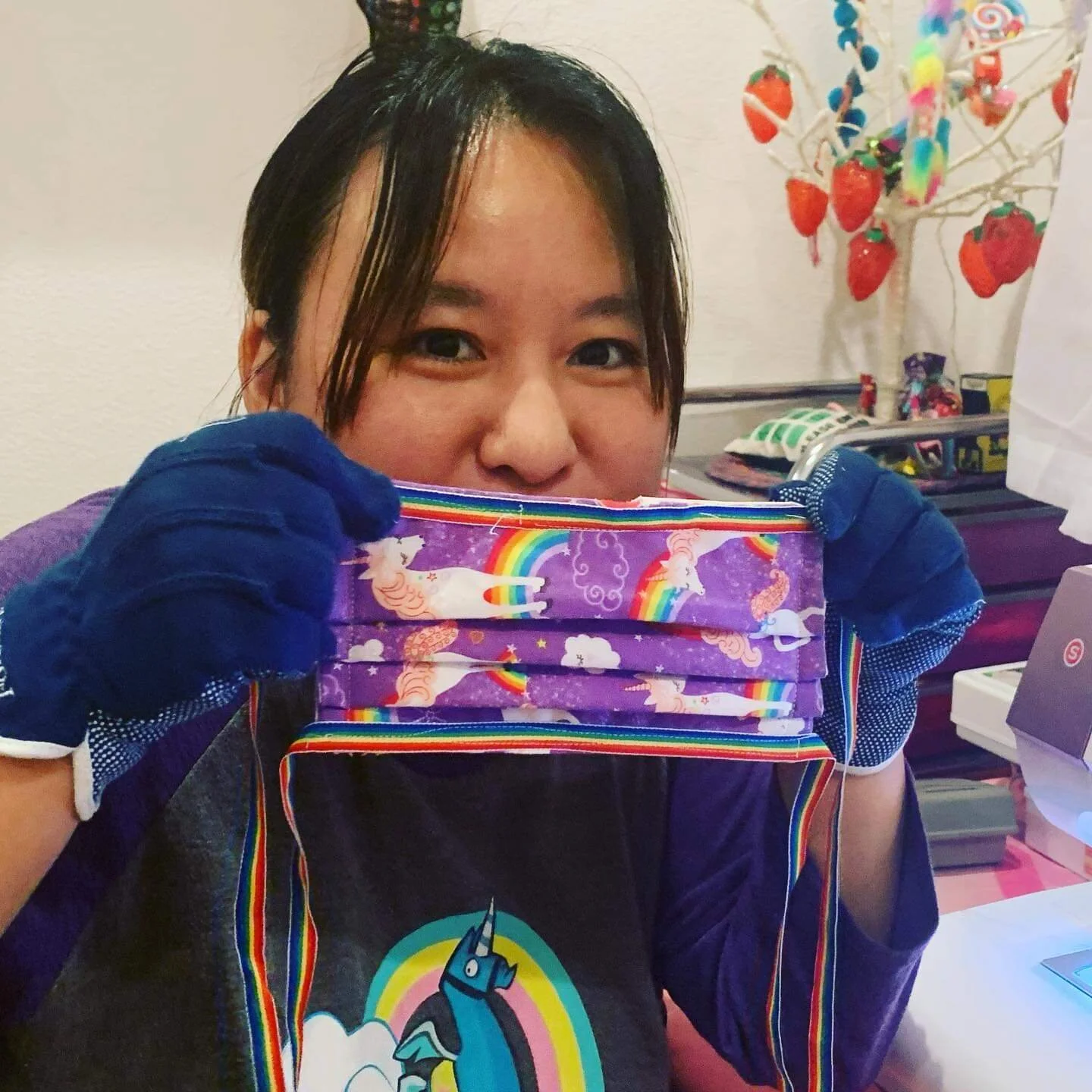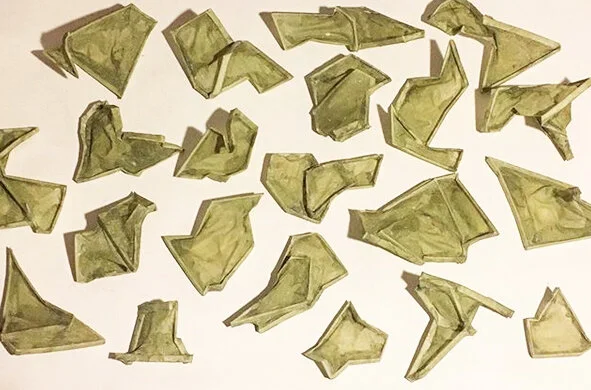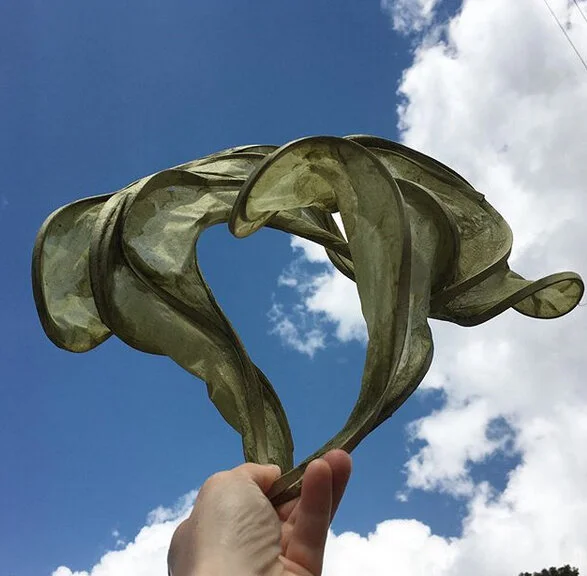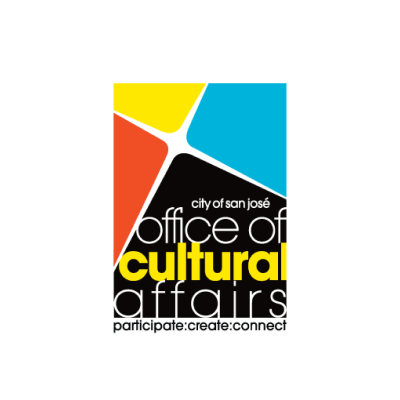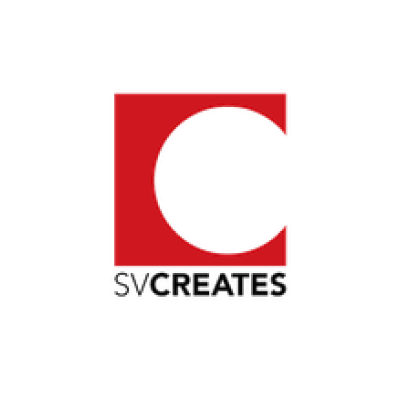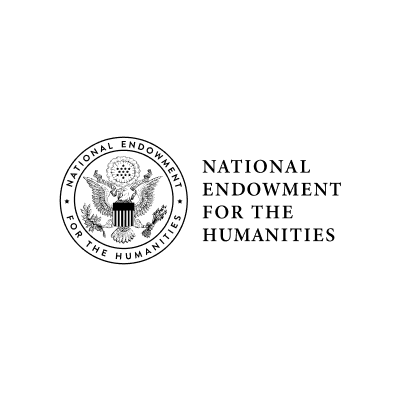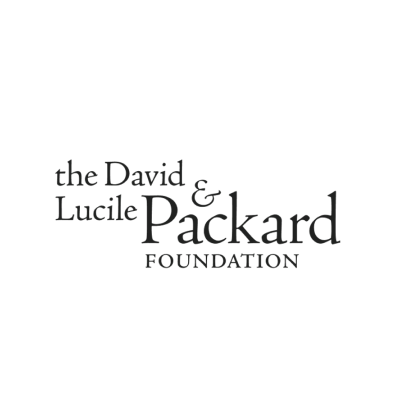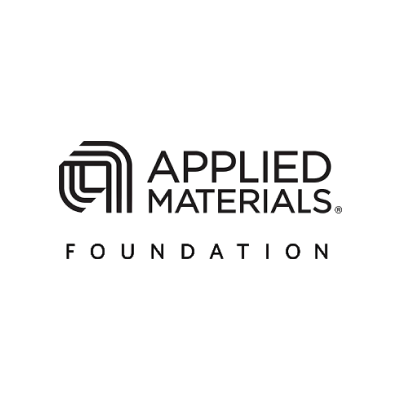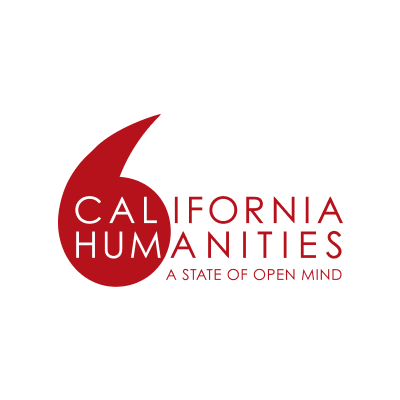Winnie Storey is an artist who recently came into SJMQT’s sphere by showing in two different exhibitions at SJMQT, Know Your Meme: Stitching Viral Phenomena and Form and Function: Fiber Arts for the 21st Century, our Second Members Biennial. You may also remember her from our Fall COmmunity day where she facilitated a pipe cleaner art activity! Winnie has been steadfastly creating fabric masks during Shelter in Place, a departure from her fine art practice.
What are materials and processes utilized in your body of work?
I love being creative. Lately, I have been drawing on my iPad Pro and printing the digital drawings on fabric. Then I sew the fabric pieces together to make art. My process ranges from design thinking, conceptual visualization to final art products all done by myself. I enjoy that I have full control in the total art creation process. I am hoping to bring positive happiness and healing to the world. I don’t make sad depressing themed art, but rather silver lining storytelling art.
What has surprised you about your art practice since the Shelter in Place order?
I changed my art practice to make PPE surgical mask to donate to a local hospital. I put my art practice aside so I can completely focus on helping others during this downtime of life.
What are the largest obstacles you need to overcome (immediately, near future, distant future)?
I had a messed up childhood, and I’ve overcome it. It is an ongoing battle with clinical psychotic depression to turn myself into a highly functional adult. Diagnosed at 21 years old, I’ve battled depression for more than 18 years now. My goal is to help contribute effort to breaking the stigma around mental illness. I hope for the best one day we - the ones who suffer from mental illness on a daily basis no longer make others fear us and no longer need to hide who we really are, mental illness battle survivors. It is very tough to battle with your own mind. Mental illness is NEVER romantic, calm and entertaining. I see my highly imaginative mind as the double-edged sword that if I use it unwisely it would lead to chaos to myself or harm others.
What do you do when you get "stuck" in your creative process? Where do you turn for inspiration?
When I get stuck with a creative block, I often go online to look for inspiration. I also read a lot. I usually go on Instagram for art inspirations and read magazines about arts and crafts.
When there is downtime, I go outside to enjoy the sun. As the light hits the surfaces of everything I study the lighting and colors it reflects. I also enjoy looking up at the sky and sometimes rainbows appear to set my happiness for that day.
What advice would you give to other creatives at this moment in time?
Hang in there, you are more creative than you think you are. Practice makes errors and errors turn into happy accidents for the creative. This quarantine time is the moment for us to reflect and search for the wonder within.
What drew you to the fiber art medium over others?
I remember my grandmother’s Singer Sewing machine, I also remember she hoarded all the fabrics until she could no longer sew due to her mental illness. Her attempts to teach me how to sew have become sweet memories. Also, the memory that makes me cry every time is when I remember a sad brownish teddy bear with a red ribbon that she made for me. Grandma hand-sewed it when she was hospitalized in a psychiatric ward. When that happened, I was eight.
What are you looking forward to doing again once Shelter in Place is over?
I can't wait to go out and eat in a Hot pot restaurant with others. Also, hug the ones I love and say ‘I love you’ face-to-face.
Anything else you would like to say or mention?
If you know how to sew, please consider donating your time to make masks for locals. please consider joining https://www.makemasks2020.org/ the making mask movement.
